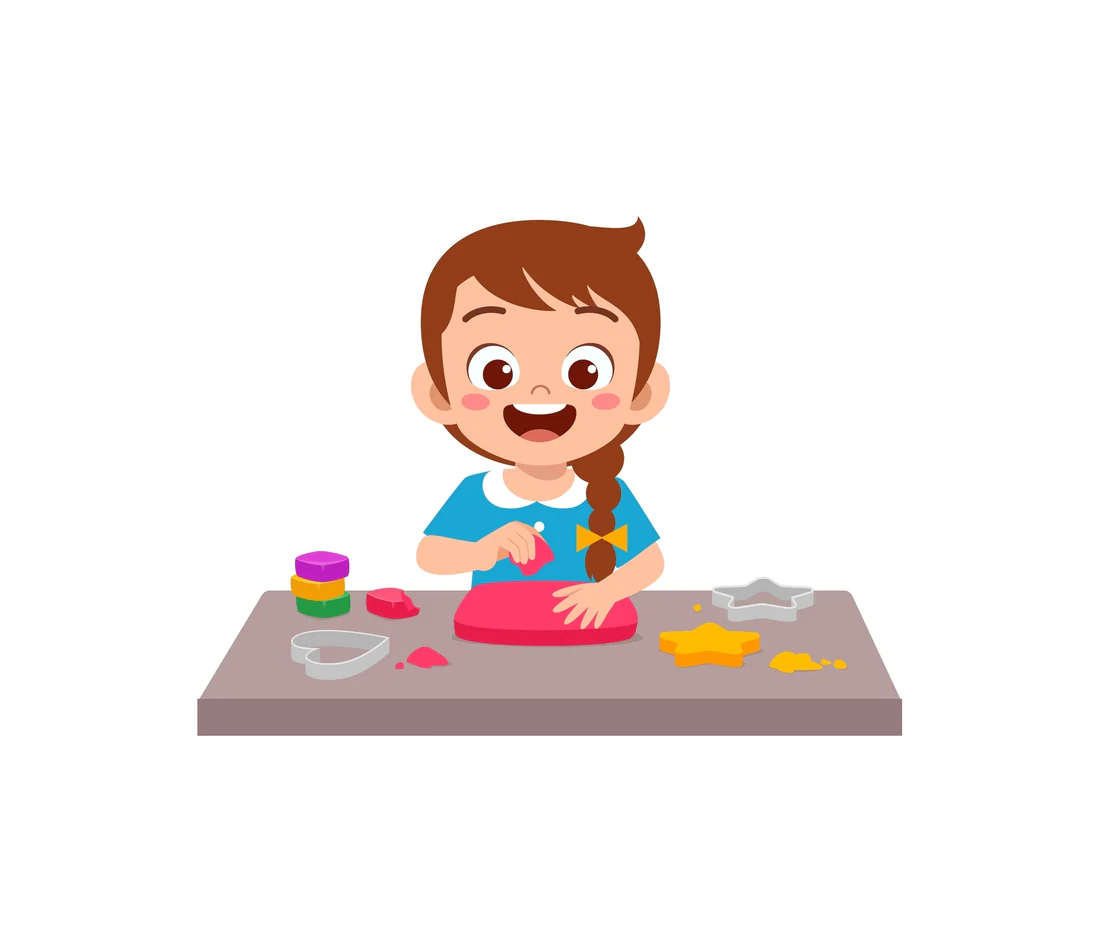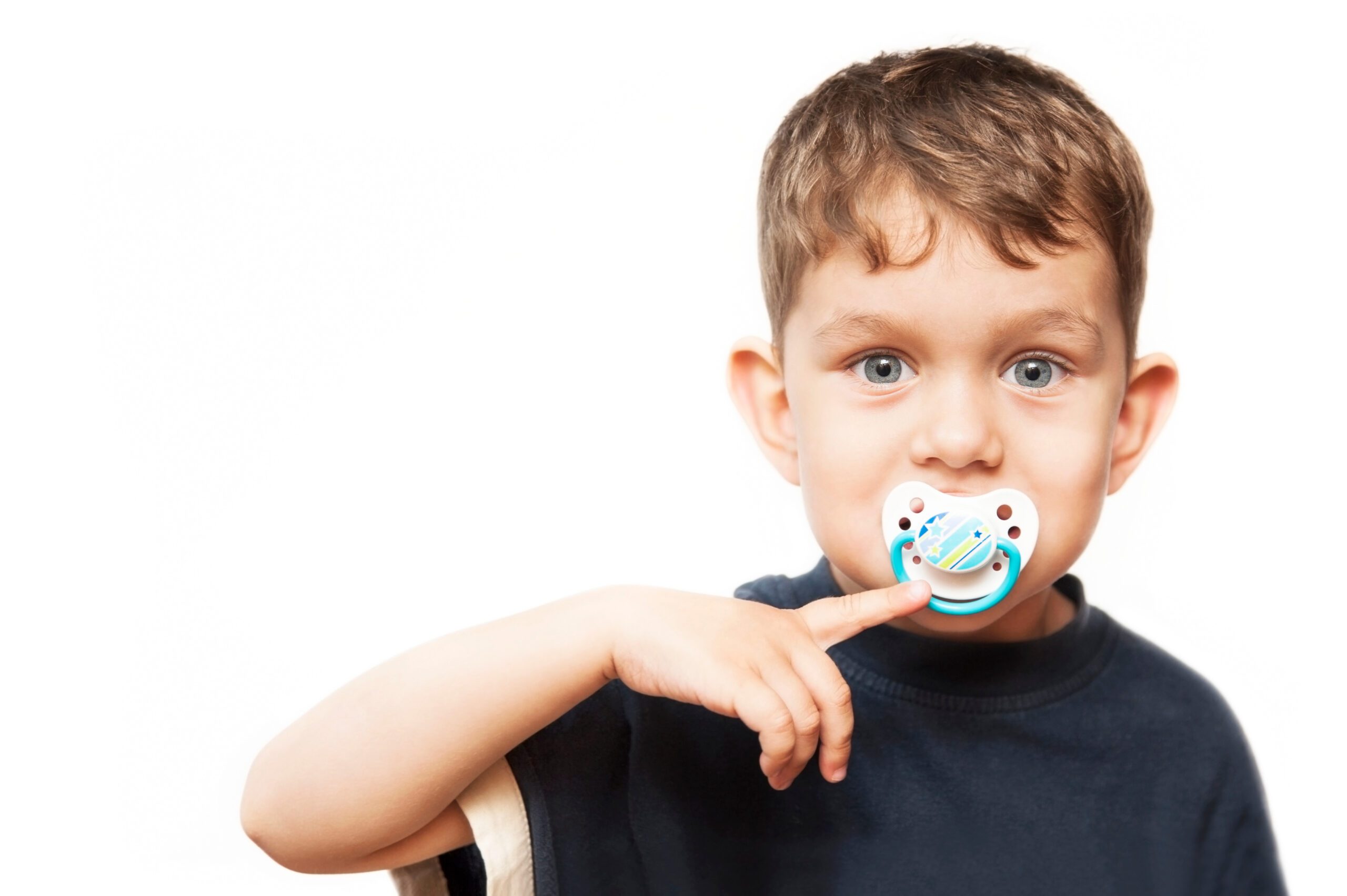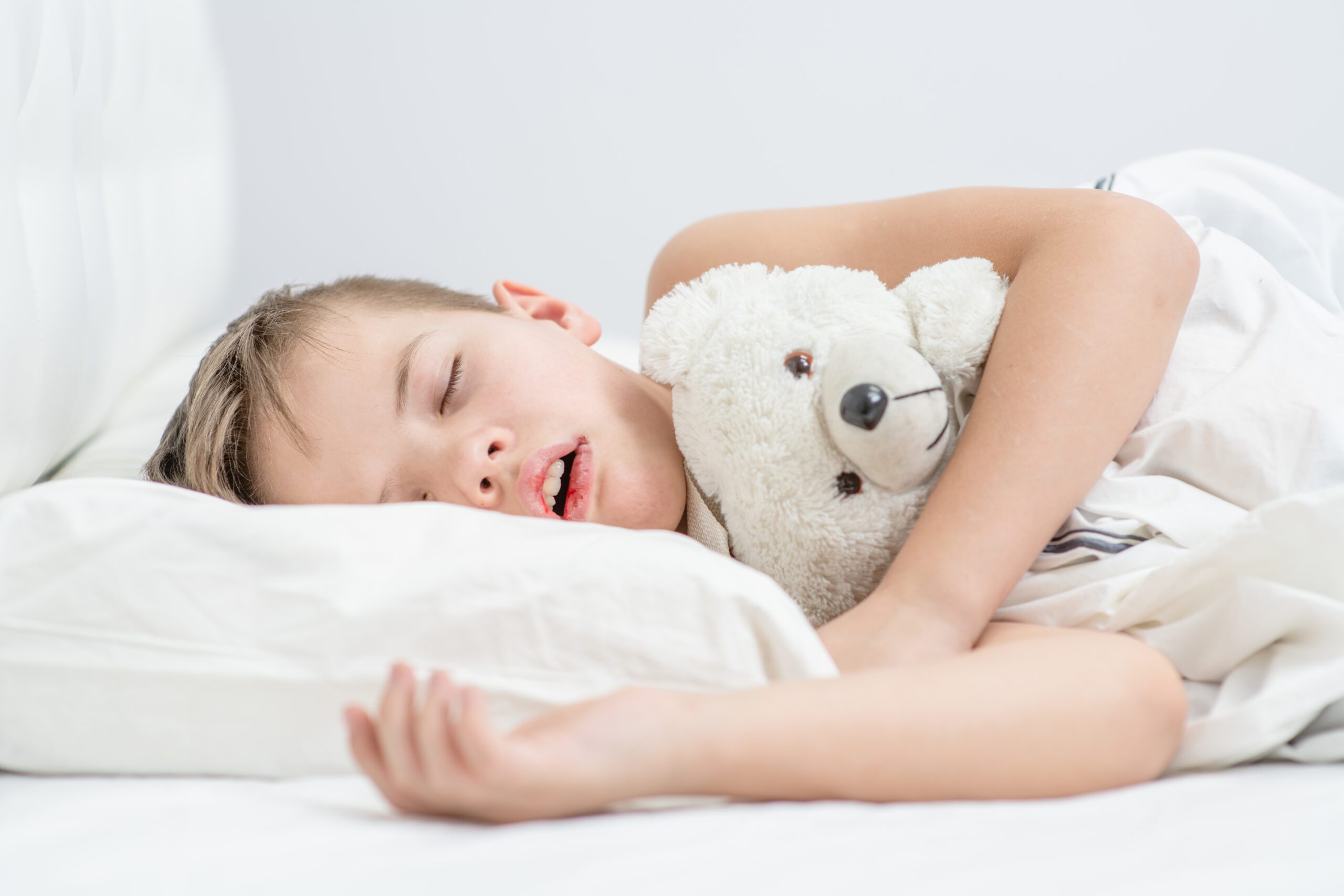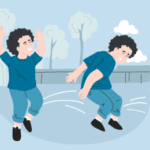
Blog
What treatment options are available for Sensory Processing Disorders?
July 11, 2024
What treatment options are available for Sensory Processing Disorders?
Understanding Sensory Processing Disorders in Children: Treatment and Support Options
A diagnosis of Sensory Processing Disorder (SPD) can be overwhelming for children and their families. From daily routines to social interactions, the challenges that come with SPD require a special understanding and set of strategies for support. For parents whose children live with SPD, the task of finding the right treatment can be complex.
In this in-depth guide, we’ll explore the various treatment options available for children with SPD. We’ll provide insights into the most effective strategies and the latest research, empowering parents and caregivers to offer the best possible support to their little ones.
What is Sensory Processing Disorder?
Before we explore treatment options, it’s essential to understand what SPD is. SPD is a condition in which the brain has trouble receiving and responding to information that comes in through the senses. Kids who have SPD may overreact to everything they experience, from the touch of a shirt to a beam of light or they might underreact to the same sensation or any sensory input they deem is adverse to their comfort level.
It’s a complex neurological condition in children and adults, and it is handled through various therapies and treatments. The ultimate goal for treatment is to help the child integrate their senses in a manner conducive to their daily life, helping them manage and thrive, despite the sensory overload and challenges they may face.
Treatment and Support Strategies for SPD
Occupational Therapy (OT)
Occupational therapy is often the first line of defense for children diagnosed with SPD. OTs work to develop a sensory diet for the child, which consists of various activities and exercises aimed at desensitizing or sensitizing them to specific stimuli. These activities can range from deep pressure touch or movements that stimulate the vestibular system to fine motor skill practices. The aim is to help the child self-regulate and function more comfortably in their daily life.
Sensory Integration Therapy
A key area of focus in OT for SPD children is Sensory Integration Therapy (SIT). This therapy uses specialized equipment and targeted activities to help the child respond more appropriately to all types of sensory experiences. Over time, SIT can lead to a reduction in disruptive sensory-related behaviors and improvements in the child’s ability to participate in daily activities.
Wilbarger Protocol (Brushing)
The Wilbarger Protocol is a somewhat controversial but widely used technique in OT for children with sensory challenges. It involves the use of a sensory diet, deep pressure touch, and joint compression techniques aimed at “reorganizing” the child’s sensory system. Critics emphasize the need for caution in using this approach due to the lack of strong scientific evidence and potential for distress in some participants. Parents and caregivers should always work closely with trained professionals when exploring this option.
Speech Therapy
While speech therapy may not seem directly related to sensory processing, it can be a crucial component of treatment for children with SPD, especially those affected by sensory aspects of verbal communication. Speech therapists can help children with SPD improve language skills, articulation, and social interaction. They may also work specifically on oral motor skills and other sensory components that affect the ability to speak and understand language.
Physical Therapy
Children with SPD may also greatly benefit from physical therapy. PT can help improve gross motor skills, coordination, and balance, which are often affected in children with sensory challenges. By incorporating directed play and movement into a child’s routine, physical therapy can be extremely valuable in helping them manage their sensory experiences more effectively.
Sensory Diets and Home Therapies
A sensory diet is a personalized activity plan that provides the sensory experiences a child needs to stay focused and organized throughout the day. It consists of a series of activities the child can engage in, whether they need to regulate with calming activities or require more stimulating tasks. These can range from jumping on a trampoline to using a weighted blanket or participating in deep pressure exercises.
Creating a Calming Environment
One of the most immediate and accessible ways to support a child with SPD is by creating a calming environment at home. This can be achieved through soft lighting, comfortable seating options, noise reduction, and the incorporation of sensory tools like fidget toys, chewable necklaces, and noise-canceling headphones.
Medication
In some cases, medication may be prescribed to help manage the symptoms of SPD, particularly if there are co-occurring conditions such as anxiety or ADHD. Medications like selective serotonin reuptake inhibitors (SSRIs) or stimulants can be effective in reducing anxiety and improving focus. It’s essential for parents to work closely with a healthcare provider to consider the benefits and potential side effects before opting for medication as a treatment route for their child, as the side effects can be serious.
Specialized Education Programs
Education is essential in treating SPD. Specialized programs for children with sensory processing challenges are designed to meet their unique needs. These classrooms often incorporate sensory-based learning activities, flexible schedules, and structured interactions to help children succeed academically and socially.
Individualized Education Plan (IEP)
For children with SPD, an IEP can be an invaluable tool. This legal document outlines the child’s unique learning needs and the specialized support they will receive in school. It may include accommodations such as extra time for tests, changes in the classroom environment, and goals tailored to the child’s progress and sensory needs.
Behavior Therapy
Behavior therapy, or ABA (Applied Behavior Analysis), can be an effective tool in managing the behaviors associated with SPD. ABA focuses on positive reinforcement to encourage desired behaviors and discourage negative ones. This type of therapy can be particularly helpful in addressing issues related to social engagement, communication, and emotional regulation.
Parent Training and Support
Parents of children with SPD need support too. Training and education for parents can help them understand their child’s needs and work effectively with them at home. Support groups for parents can provide a much-needed community and resources to help manage the day-to-day challenges of raising a child with SPD.
Integrating Multiple Approaches
For many families, a combination of therapies and strategies is the most successful approach to managing SPD. This can include regular sessions with an occupational therapist, speech therapist, and physical therapist, as well as incorporating sensory diets and home-based activities.
The Journey of Treating SPD
Every child with SPD is unique, and what works for one may not work for another. The path to successful treatment is often long and filled with trial and error. It requires patience, flexibility, and constant advocacy for your child’s needs.
Early intervention and a multidisciplinary approach involving healthcare providers, educational specialists, and family support are critical components of a comprehensive treatment plan for SPD. By offering consistency, compassion, and an open-minded approach, you can help your child learn to manage their sensory challenges and lead a full, engaged life.











































































